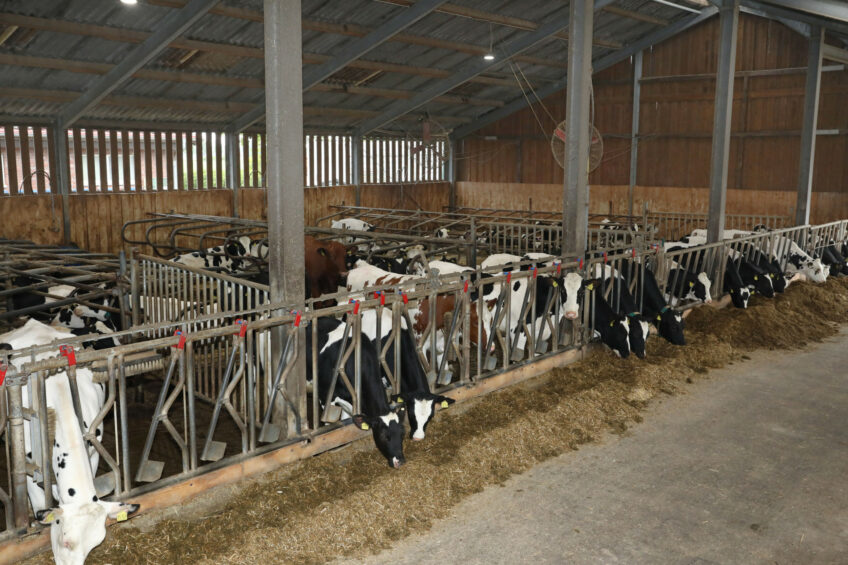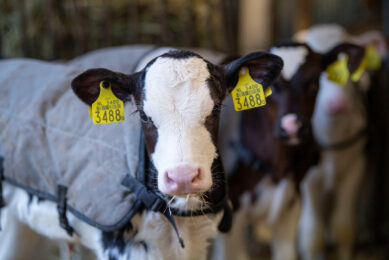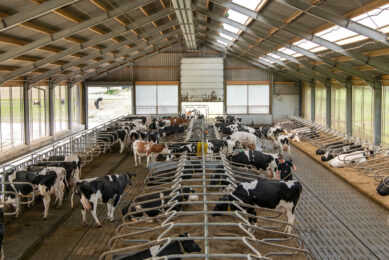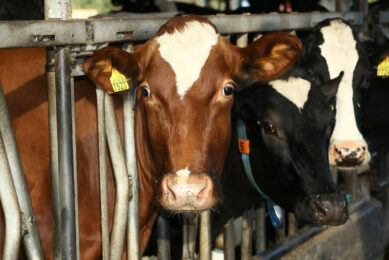US: First detection of newer variant of bird flu in dairy cows

A strain of bird flu, previously known to affect wild birds and poultry, has been detected for the first time in dairy cattle in Nevada in the US.
The D1.1 strain has now been found in 6 dairy herds in Nevada. The strain was first detected on 31 January as a result of silo testing under the USDA’s National Milk Testing Strategy (NMTS) in Nevada.
While this strain has been seen in previous months, it has mostly impacted wild birds and poultry in North America. The Nevada State Department of Agriculture (NDA) said that this is the first detection of this virus genotype in dairy cattle, and is the strain that has also severely affected humans who have been in contact with infected birds. Genotype D1.1 represents the predominant genotype in the North American flyways this autumn and winter and has been identified in wild birds, mammals, and spillovers into domestic poultry.
Human cases
This H5N1 bird flu genotype differs from the B3.13 genotype previously detected in dairy cows and which has been circulating in dairy herds in the US, seen in human cases and some poultry outbreaks.
According to the Centers for Disease Control and Prevention (CDC), in December, after coming in contact with poultry, a patient over the age of 65 was hospitalised with a severe case of avian influenza A(H5N1) virus infection in Louisiana. In January, the CDC reported the tragic death of the patient, who also had underlying health issues. Partial viral genome data of the H5N1 avian influenza virus that infected the patient in Louisiana indicated that the virus belongs to the D1.1 genotype related to other D1.1 viruses recently detected in wild birds and poultry in the US and in recent human cases in British Columbia, Canada, and Washington state.
Cow symptoms
Cows experiencing symptoms of D1.1 include milk production loss and a notable decrease in appetite. Scientists are currently doing research on the D1.1 strain to try to learn more about this strain and how it spreads.
The cases of H5N1 that have been reported thus far totals almost 1,000 cow herds across 16 US states, most recently in California.
According to CDC, it is currently:
- Supporting critical epidemiologic investigations with state and local partners to assess the public health impact of each H5 case.
- Working closely with state and local partners to conduct active surveillance for H5 cases.
- Monitoring for changes that might suggest H5 viruses are becoming better adapted to mammals and therefore might spread more easily from animals to humans or from human to human, or cause more severe disease.
- Monitoring for any viral changes that could make these viruses less responsive to flu antiviral medications or the available candidate vaccine viruses.
Join 13,000+ subscribers
Subscribe to our newsletter to stay updated about all the need-to-know content in the dairy sector, two times a week.










